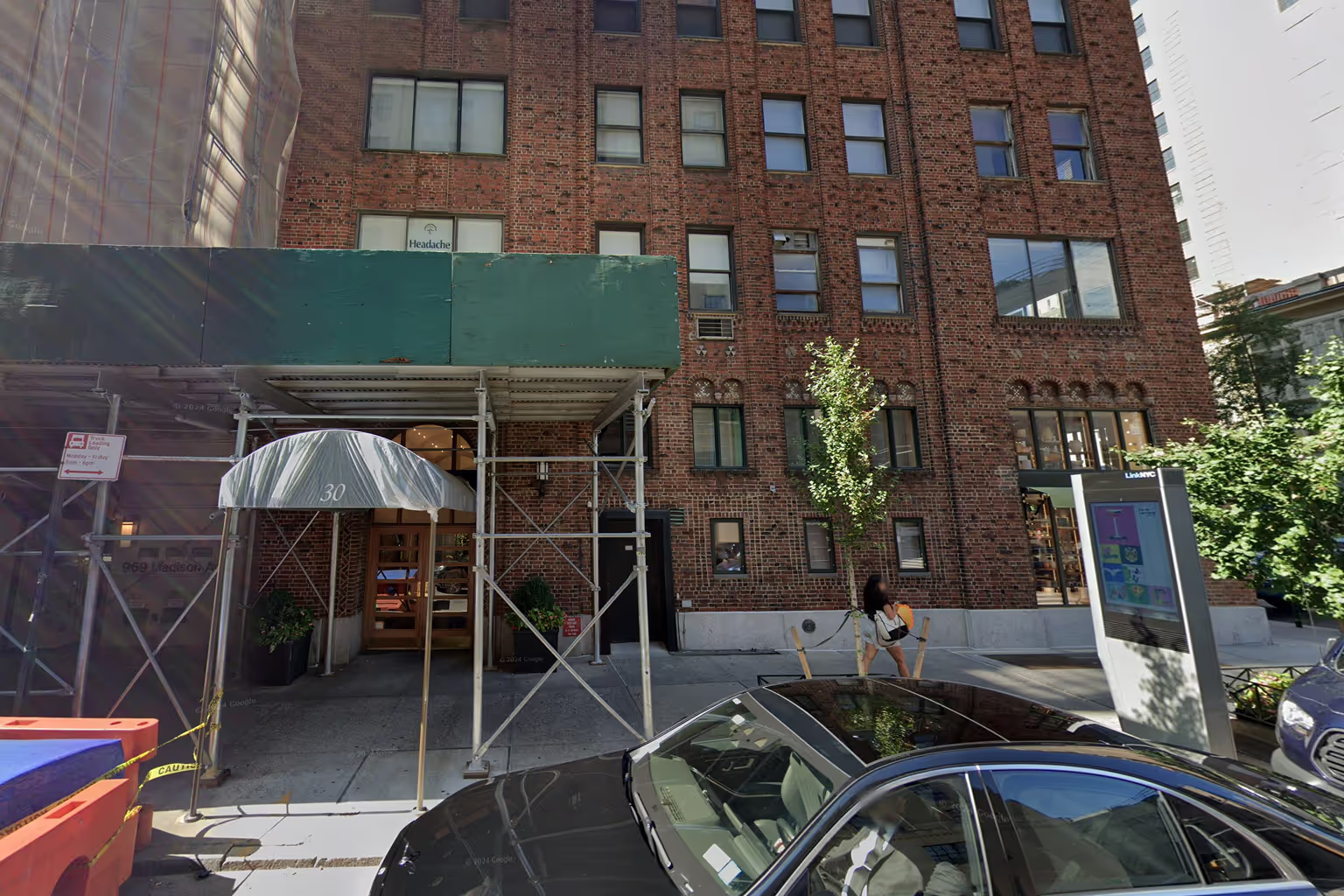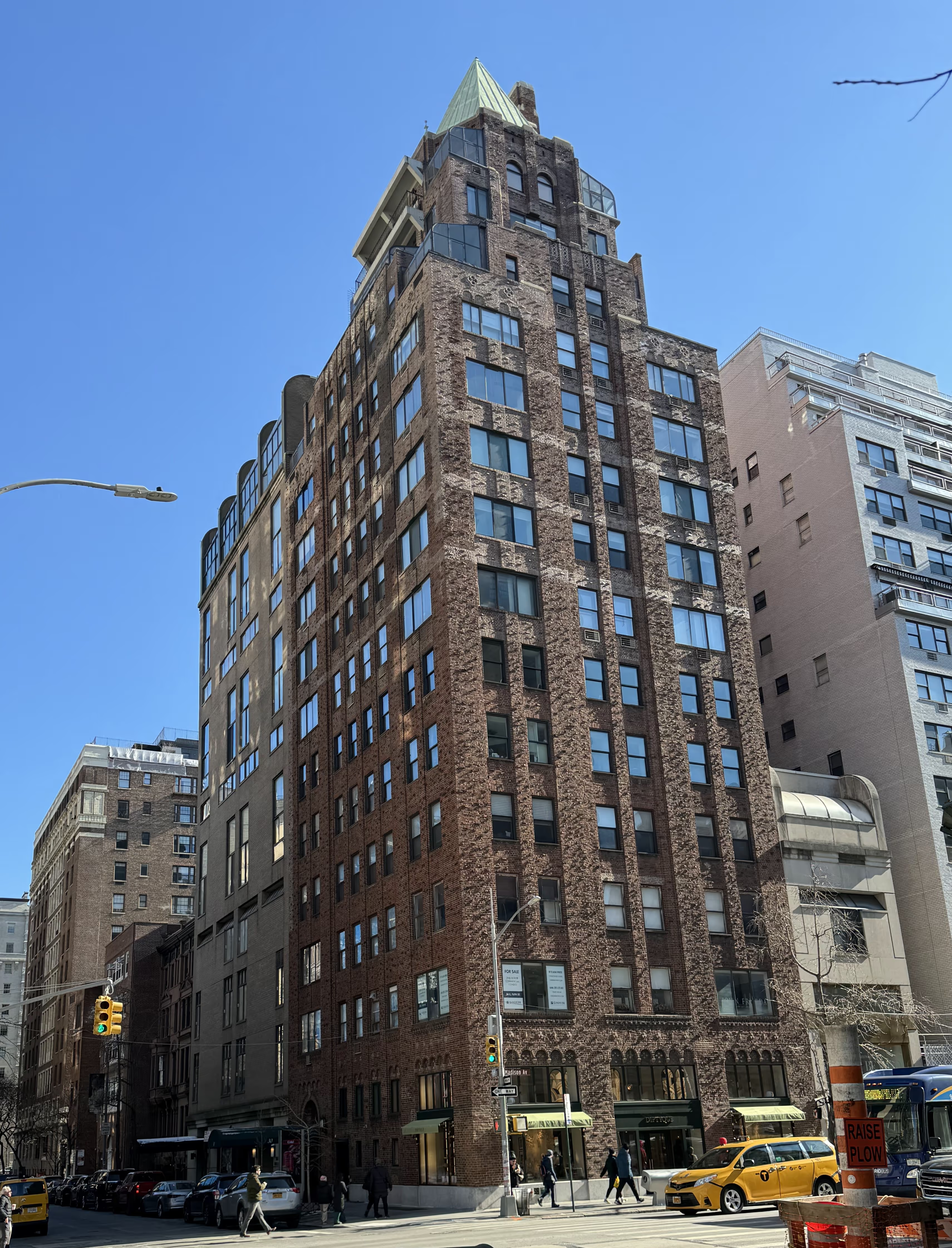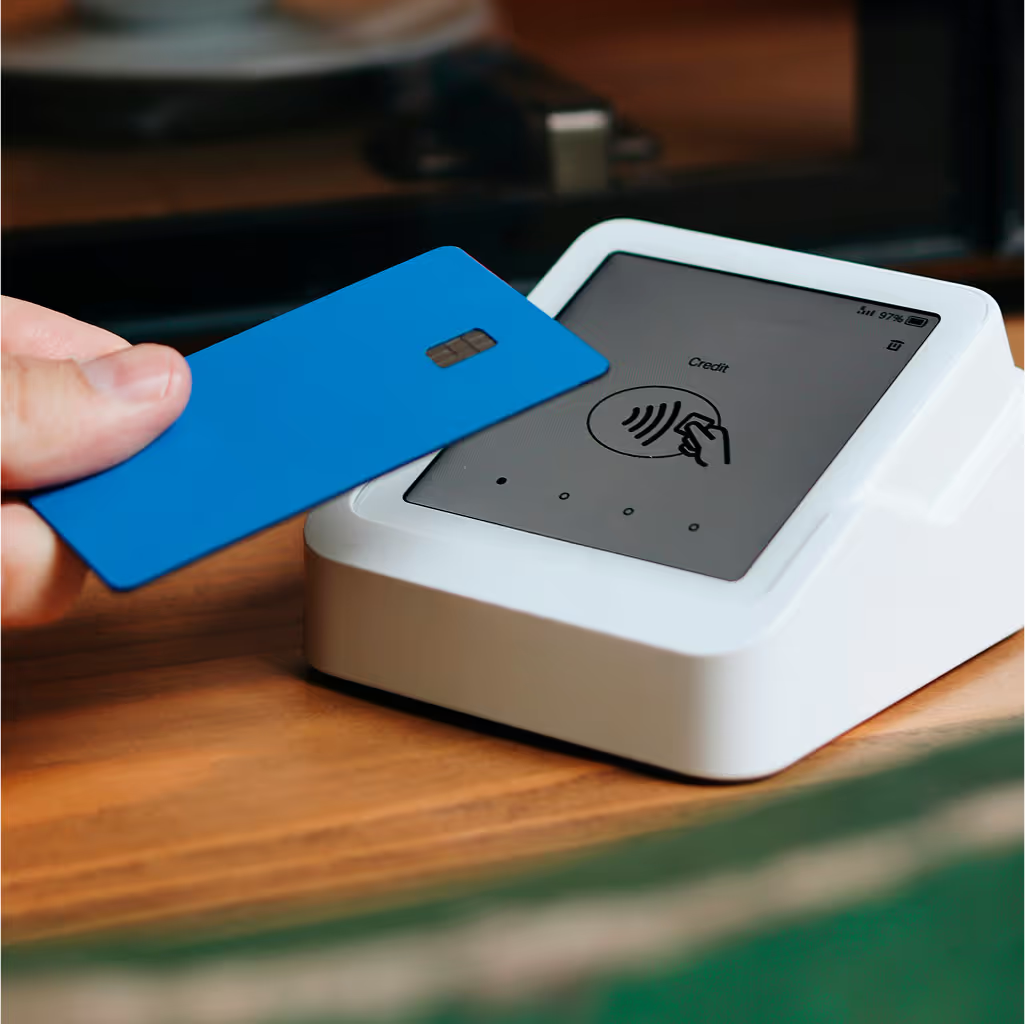our locations
About our office

Manhattan Office
30 East 76th Street (corner of Madison Avenue), 2nd floor
New York, NY 10021
(Our building is old and while the office is wheelchair accessible, our bathroom is not)
New York, NY 10021
(Our building is old and while the office is wheelchair accessible, our bathroom is not)

Westchester Office
2 Greenridge Avenue — entrance at 99 Maple Avenue (green awning)
White Plains, NY 10605
(Only Dr. Mauskop sees patients here, usually on the first Wednesday of the month)
White Plains, NY 10605
(Only Dr. Mauskop sees patients here, usually on the first Wednesday of the month)



.avif)




